Cast Truth to the Ground
09/25/2013 09:01:07 AM
Tonight is Simchat Torah, the celebration of the Torah and the annual cycle of its recitation and study in the Jewish community. During the course of the year the whole Jewish world, more or less at the same time, rolls and reads through the scroll. Tonight marks the end of last year’s cycle and the beginning of a new one. In addition to a short service and lots of singing and dancing, we will unroll the whole Torah in a big circle, an amazing experience in itself, read the last few lines of Deuteronomy, and the first few lines of Genesis. This Shabbat we will continue with the first parashah of the Torah, Bereshit.
 Bereshit is about beginnings: the creation of the earth and all its flora and fauna, including human beings. It’s probably the best-known Torah text, a part of the Western cannon. What is not so commonly understood is that Bereshit offers one of a number of creation stories in Jewish tradition found both in the Hebrew Bible and in other sacred Jewish texts like the Talmud, Midrash and a few Kabbalistic writings. The story I am about to tell comes from the Midrash called Genesis Rabbah. I offer it here as a fitting introduction to some of the other lesser-known creation stories in our tradition and, as a kavanah (an intention or way of orienting) for the New Year.
Bereshit is about beginnings: the creation of the earth and all its flora and fauna, including human beings. It’s probably the best-known Torah text, a part of the Western cannon. What is not so commonly understood is that Bereshit offers one of a number of creation stories in Jewish tradition found both in the Hebrew Bible and in other sacred Jewish texts like the Talmud, Midrash and a few Kabbalistic writings. The story I am about to tell comes from the Midrash called Genesis Rabbah. I offer it here as a fitting introduction to some of the other lesser-known creation stories in our tradition and, as a kavanah (an intention or way of orienting) for the New Year.
Many midrashim arise from questions in the biblical text. This midrash was inspired by the question, “who is God speaking to when God says in Genesis 1:26, “Let us make the earthling (Adam) in our image, like us…”
Rabbi Simon said, “When the Holy One, blessed be He, came to create Adam, the ministering angels formed themselves into groups and parties, some of them saying, ‘Let him be created,’ whilst others urged, ‘let him not be created.’ Thus it is written, Love and Truth fought together, Righteousness and Peace combated each other (Ps. 85:11). Love said, ‘Let him be created, because he will dispense acts of love;’ Truth said, ‘Let him not be created, because he is compounded of falsehood;’ Righteousness said, ‘Let him be created, because he will perform righteous deeds;’ Peace said, ‘Let him not be created, because he is full of strife.’ What did the Holy One do? He took Truth and cast it to the ground.” (Genesis Rabbah, 8:5)
 The “us” according to this midrash are God’s ministering angels who can’t fathom anything good from the creation of humanity which, unlike them, will have free will, and thus be capable of a moral life. God is so committed to the human “project” that The Holy One is willing to “throw Truth to the ground”, in order for humanity to survive. When you are God, letting go of “Truth” – capital “T” – is no small thing, but God realizes that if God wants a partner or at least a moral agent on earth, that is what must happen.
The “us” according to this midrash are God’s ministering angels who can’t fathom anything good from the creation of humanity which, unlike them, will have free will, and thus be capable of a moral life. God is so committed to the human “project” that The Holy One is willing to “throw Truth to the ground”, in order for humanity to survive. When you are God, letting go of “Truth” – capital “T” – is no small thing, but God realizes that if God wants a partner or at least a moral agent on earth, that is what must happen.
The Kotzker Rebbe poses an interesting question: “What good would it do to only banish the Truth. Peace, which had also argued against the creation of human beings, still remained.” The answer is that in banishing the Truth, peace is ensured since the root of most fighting is that everyone battles for his or her own truth. Without the lightning rod of “the Truth”, there can be peace and much more. (Sparks Beneath The Surface, Kushner & Olitzky)
It’s worth taking a moment to recognize that another year has begun and with it comes the opportunity to be moral agents, fallible but capable of doing great things, especially when we recognize that “Truth”—capital “T” – is for God and not for us.

